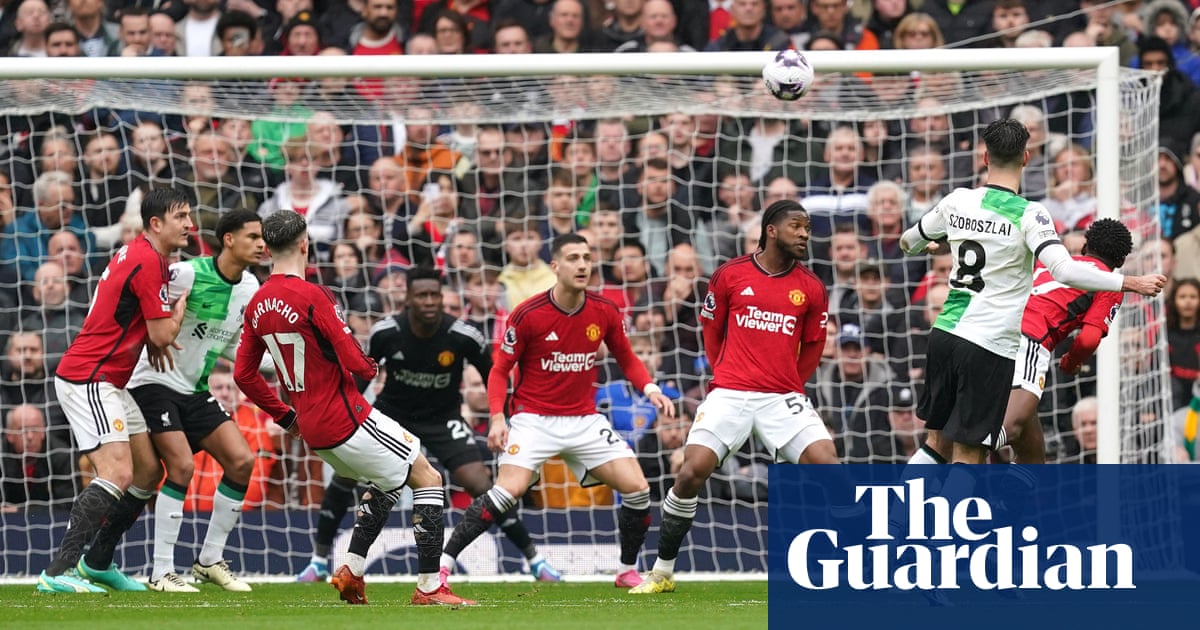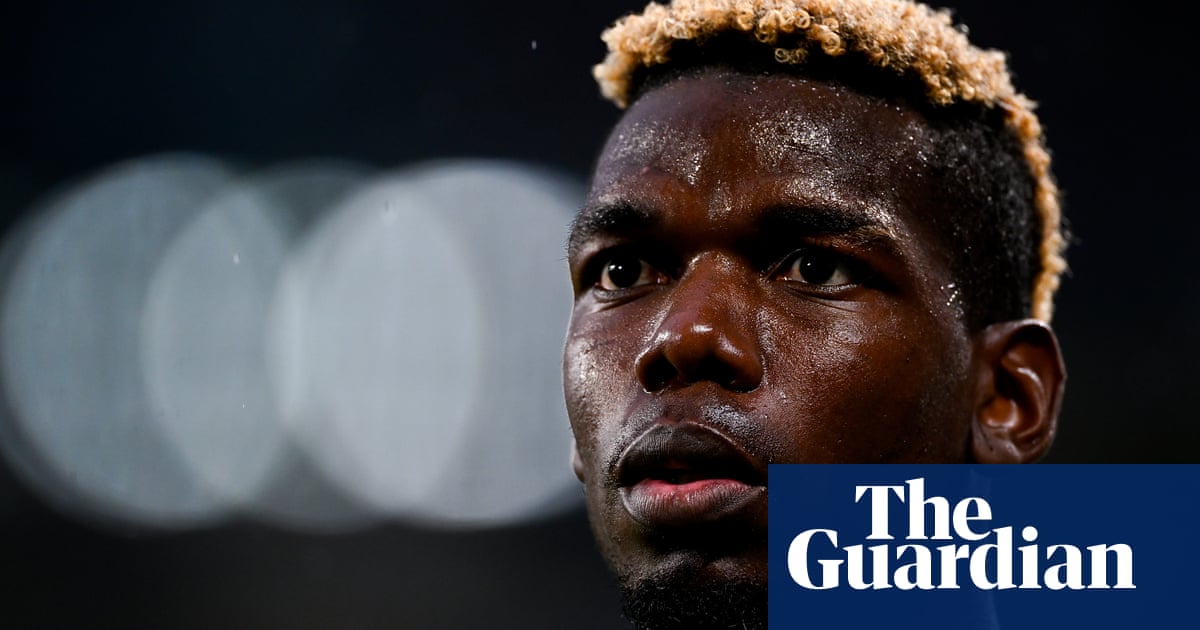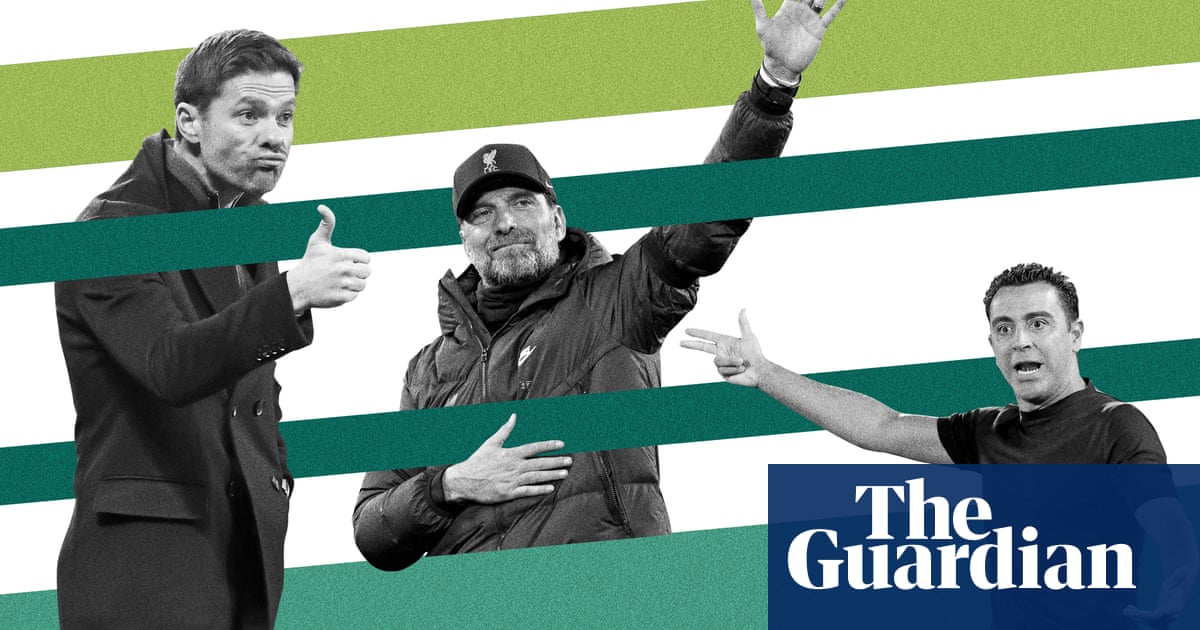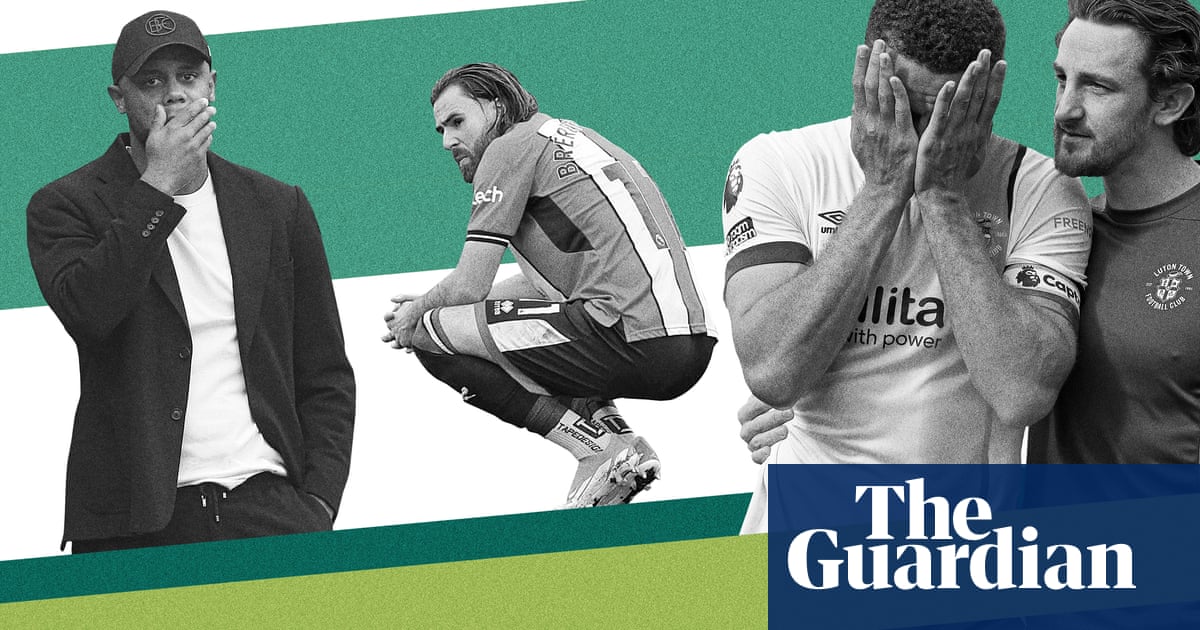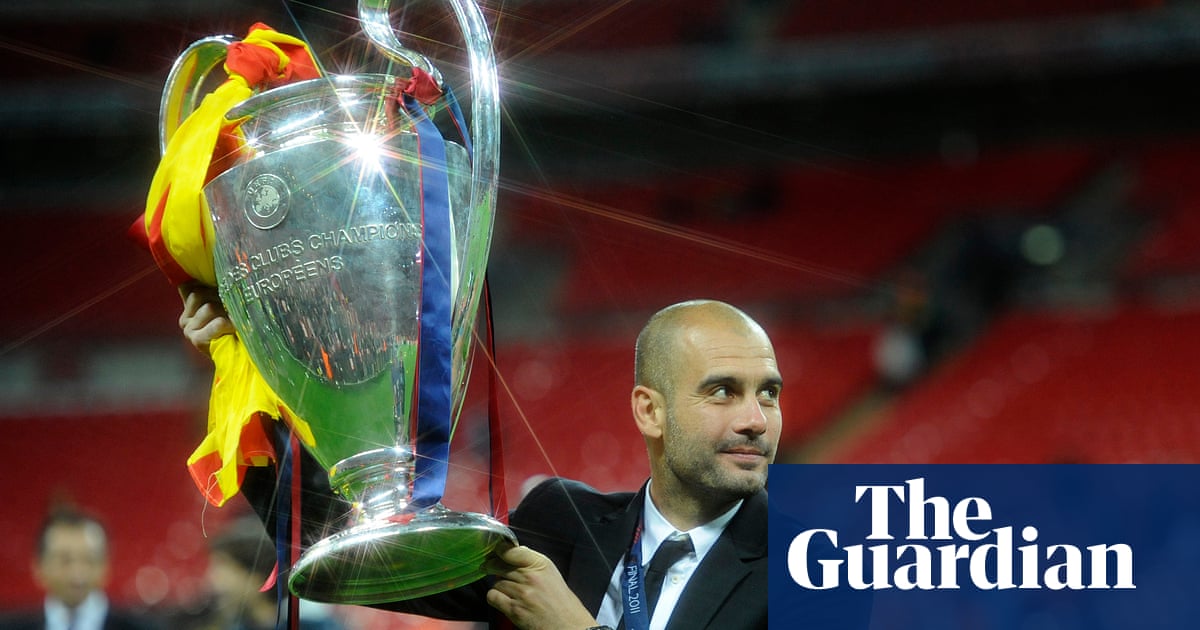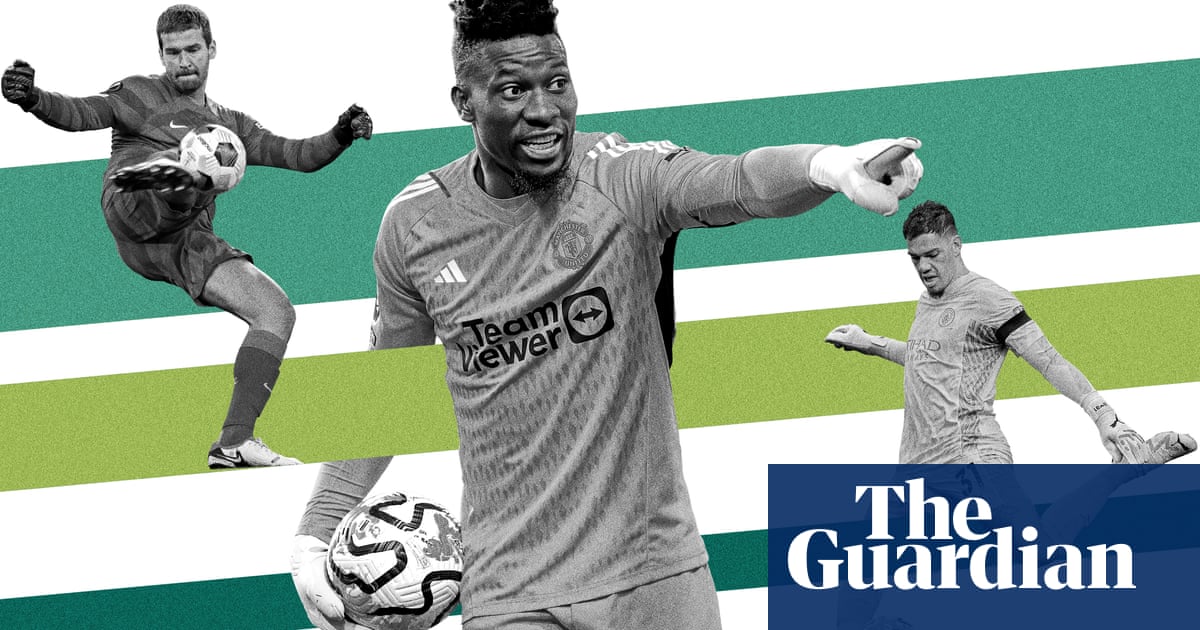
Johan Cruyff believed soccer was too obsessed by obvious mistakes, by what looked embarrassing. What did it matter, he asked, if his goalkeeper was caught out of position a couple of times a season if the risk of playing a long way from goal contributed to a better structure overall? It was a line he used repeatedly to defend Stanley Menzo, his goalkeeper when he was Ajax manager in the late 80s, at a time when sweeper-keepers were still rare.
The change in the backpass law in 1992 meant that goalkeepers had to improve with the ball at their feet and, as more and more teams began to use a high press, it became almost essential for elite-level keepers to be comfortable operating outside their box, not only protecting the space behind a high line but also being able to initiate attacks. That’s the orthodoxy, and nobody would doubt that keepers like Ederson (Manchester City), Alisson (Liverpool), Manuel Neuer (Bayern Munich) and Marc-André ter Stegen (Barcelona) have been vital to their clubs’ successes in recent years.
Nobody even really criticises goalkeepers for mistakes in playing the ball out from the back any more; that’s seen as an inevitable consequence of the default style of play. Brighton and Liverpool’s 2-2 draw in the last round of Premier League fixtures was thrilling, a game of obviously high level. The constant activity in the technical areas indicated something extremely high-level was going on with pressing patterns, although in all honesty sitting in the stadium it was difficult to discern what they were. The reaction of both managers, though, suggested how much they had enjoyed the challenge.
And yet one goal each came from goalkeeping errors. Alisson was out of position as Simon Adingra, having intercepted Virgil van Dijk’s pass to Alexis Mac Allister, rolled the ball past him, and Bart Verbruggen’s pass to Pascal Groß when the midfielder was under pressure led to a penalty. A coach from even as recently as 15 years ago would have looked at the regularity with which defenders played balls across the top of their box or into the centre of midfield – something forbidden by both Rafael Benítez and José Mourinho – and been bewildered.
Then there’s André Onana, the goalkeeper who has become the embodiment of this debate. He has had a miserable start to life at Manchester United since signing from Internazionale in the summer as the ball-playing keeper who would allow Erik ten Hag to unleash his pure, unadulterated brand of soccer. His passing has repeatedly gone astray – perhaps most damagingly against Galatasaray – while he has repeatedly looked weirdly uncertain in one-on-ones, flailing haplessly near the ball.
Against Brentford, as against Bayern, Onana allowed a shot to squirm under his body, leading to questions about his technique. At Ajax, coaches noted his base was wider than orthodox but Onana protested when they tried to change it and, in testing, they came to the conclusion he was right: for him, that wider stance did allow him to get down quicker. The problem is, when he gets caught out of position, as against Brentford and Bayern, that unorthodoxy means there is something in his movement that looks wrong to fans and journalists, leading perhaps to heightened criticism. Which is not to say he has not had a dreadful start; he has, and he has always been a keeper prone to swings of form and confidence.
But the idea that United were wrong to move on from David de Gea is misguided – and not just because the Spaniard, after years of exceptional service, had an iffy season last year. De Gea is not good with his feet, which is why Spain jettisoned him after the 2018 World Cup, and why Ten Hag was forced to amend his style after the defeats to Brighton and Brentford at the beginning of last season.
Keeping De Gea would place a check on Ten Hag, and if something approximating the Ajax style was to be instilled, replacing him was essential. Replacing him with the keeper Ten Hag had had at Ajax made even more sense; it’s just that Onana’s confidence looks shot, in part perhaps because his passing out from the back has been hampered by a lack of movement in the creaking defence in front of him.
And one keeper having a difficult time, anyway, does not invalidate a policy. Onana’s struggles are incidental to the broader debate that was highlighted at the Amex and the danger inherent in the modern love of playing out from the back. As Jorge Valdano observed in El País: “With everybody aware of xG models and the sort of shots that rarely pose a danger, it feels at times as though players these days are more prepared to take risks in their own box than their opponents.”
Even in the far more cautious meeting of Arsenal and Manchester City at the Emirates, David Raya’s hesitation almost presented Julian Álvarez with a goal. These incidents are becoming increasingly frequent and the sense is that the parameters of what risk is acceptable are going through a period of renegotiation.
This is an extract from Soccer with Jonathan Wilson, a weekly look from the Guardian US at the game in Europe and beyond. Subscribe for free here. Have a question for Jonathan? Email soccerwithjw@theguardian.com, and he’ll answer the best in a future edition




